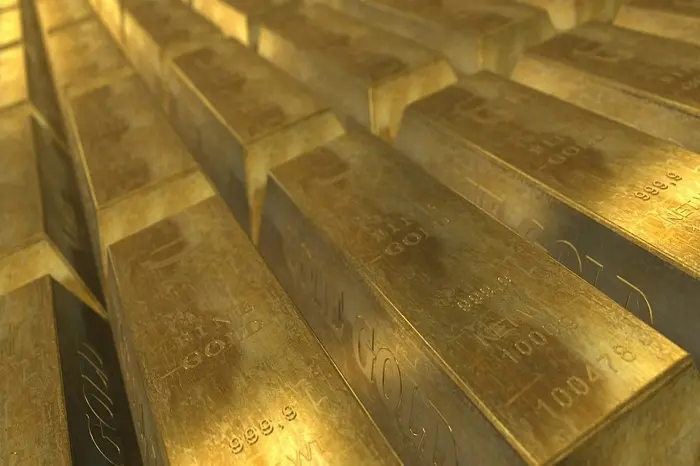Gold has been a symbol of wealth, stability, and value for millennia. As an asset, it holds a unique place in the global financial system, functioning not just as a commodity, but as a store of value and a hedge against economic instability. With its long history of use in currencies, jewelry, and reserves, many investors see gold as a safe bet during times of uncertainty or inflation. However, like any investment, timing is critical. The right time to invest in gold is contingent on various economic, geopolitical, and market factors that fluctuate over time.
In this article, we will explore the key factors that influence the optimal time to invest in gold, delving into the broader economic indicators, the role of gold during different market cycles, and the risks and benefits of holding gold as part of a diversified investment strategy. Understanding these dynamics will help investors make informed decisions about when to buy or sell gold to maximize their financial gains.
Economic Cycles: How Gold Responds to Recession and Expansion
Gold prices often move in cycles that mirror the broader economic environment. One of the most critical factors influencing when to invest in gold is understanding how the metal reacts to different phases of the economic cycle—particularly during periods of economic recession or expansion.
Gold as a Safe Haven During Recessions
Historically, gold has performed well during times of economic contraction, particularly during recessions or financial crises. When the economy is struggling, stock markets tend to become volatile, and interest rates may fall as central banks attempt to stimulate economic growth. In such environments, gold is often seen as a safer store of value compared to riskier assets like equities or real estate. This is because gold’s price is not directly tied to the performance of individual companies or governments, making it an attractive alternative when other investments are declining in value.
For example, during the 2008 global financial crisis, gold prices soared as investors flocked to safe-haven assets. As central banks slashed interest rates and implemented quantitative easing measures, the value of fiat currencies declined, further boosting the appeal of gold as a hedge against inflation and currency devaluation. Gold rose in value by more than 25% between 2007 and 2009, outperforming most other asset classes.
Gold During Economic Expansions
On the flip side, gold tends to underperform during periods of strong economic growth and rising investor confidence. When the economy is expanding and businesses are generating higher profits, investors often prefer riskier assets like stocks or bonds, which have the potential for higher returns. Additionally, as interest rates rise during periods of economic growth, the opportunity cost of holding gold (which does not yield interest or dividends) becomes more pronounced. This can lead to a reduction in demand for gold, causing its price to stagnate or decline.
However, periods of low inflation and low-interest rates can still present favorable conditions for gold investments, especially if the global economic expansion is fragile or susceptible to sudden downturns.
Timing Gold Purchases Based on Economic Cycles
The ideal time to invest in gold during an economic cycle is typically during or just before a recession when market uncertainty is high. Gold tends to perform well when investors seek stability amid economic contractions, while its price may be suppressed during extended periods of economic growth when risk appetite is higher. By studying the business cycle and anticipating economic slowdowns, savvy investors can time their gold purchases to capitalize on rising prices.


